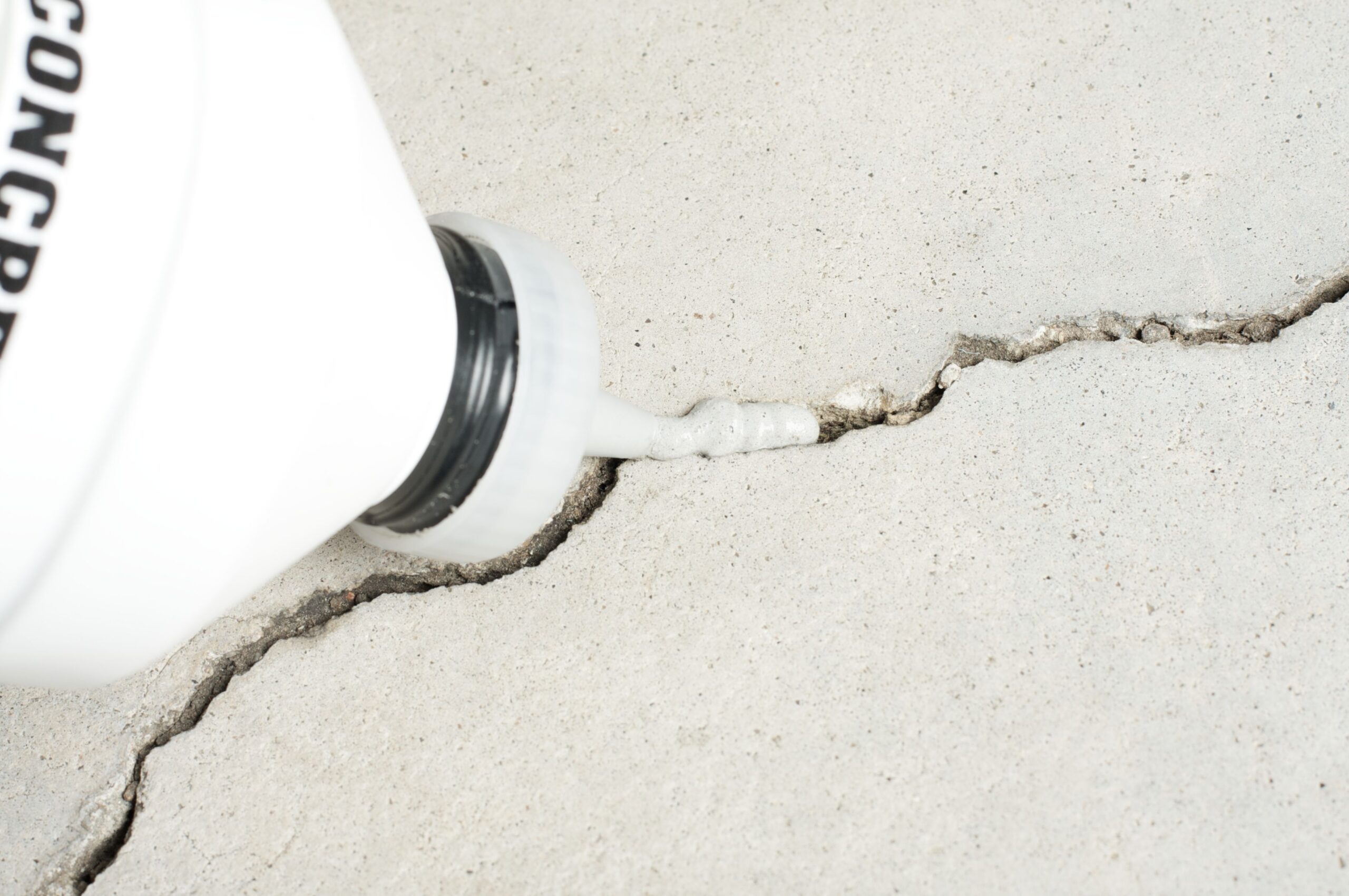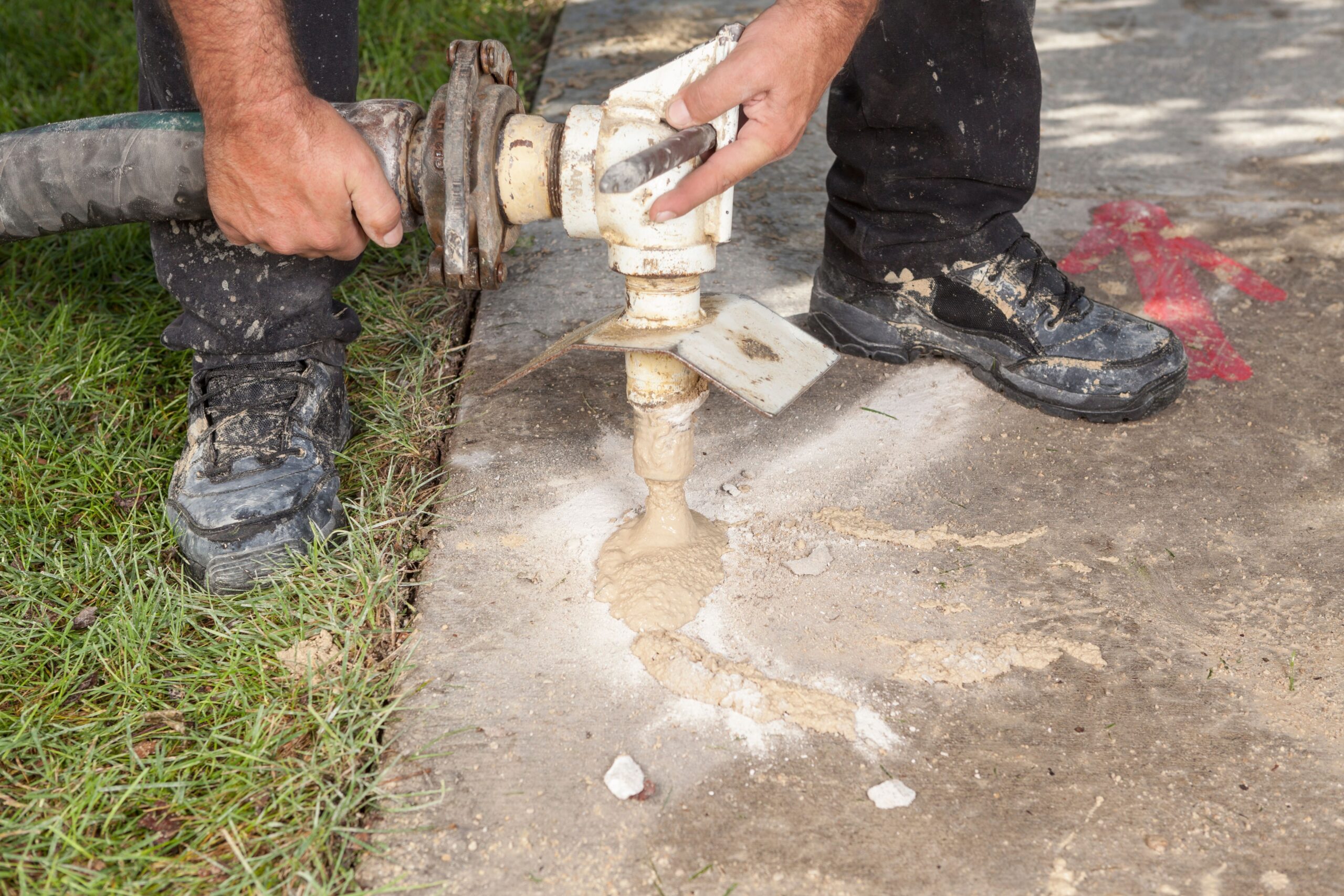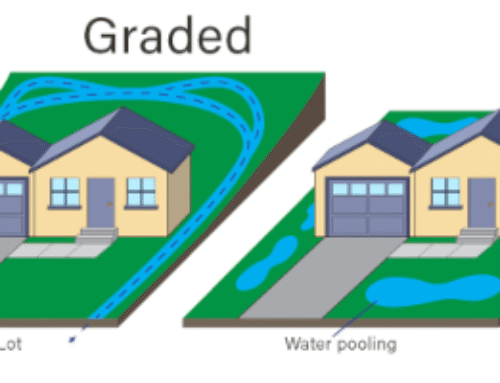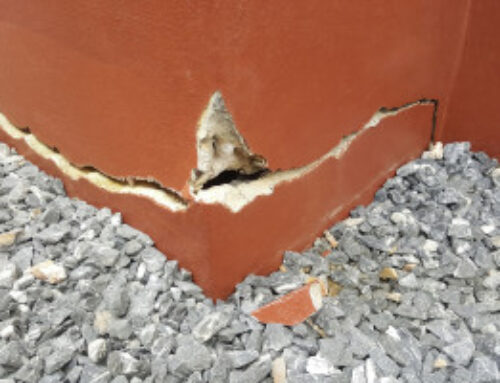It’s no surprise that one of the first questions homeowners ask is: “Are foundation repairs permanent?” After all, no one wants to pour hundreds or thousands of dollars into a fix that might fail again.
But the truth is, there’s no one-size-fits-all answer. The permanence of foundation repairs depends on a variety of factors, such as the soil beneath your home, the repair method used, and so on.
In this article, we’ll dive into what makes foundation repairs last, when they might fail, and how to ensure your investment protects your home in the long term.
What Do We Mean by “Permanent” in Foundation Repairs?
When homeowners hear the word permanent in the context of foundation repair, they often expect a once-in-a-lifetime solution, something that will never need attention again. While that’s an understandable hope, the reality is a bit more nuanced.
It typically means long-term stability backed by a warranty and engineered solutions designed to prevent the same issue from recurring under normal conditions.
In other words, permanent doesn’t mean invincible. It only means your foundation is restored to a state of structural reliability with a warranty that it will not happen for 10, 20 years, or maybe even a lifetime in some cases.
6 Common Types of Foundation Repairs
Now, let’s examine the most common foundation repair methods and their durability and reliability.
1. Concrete Crack Repair

Concrete crack repair is often the first line of defense when minor foundation cracks appear. This typically involves injecting epoxy or polyurethane foam into the crack to seal it and restore the wall’s structural integrity.
This method is ideal when there’s a hairline fracture or vertical cracks in poured concrete walls due to shrinkage or minor settling.
However, it is not one of the most reliable and permanent foundation fixes and can only last for around 10+ years if the contractor uses high-quality epoxy injections.
Note: If the soil issue persists, new cracks may form nearby, even if the old one holds up.
2. Pier and Beam Repair
Homes with pier and beam foundations may experience sagging or bouncy floors when wooden supports begin to rot, shift, or settle. This type of repair usually involves replacing piers or reinforcing the system with concrete blocks or steel jacks.
It is best for older homes or those in high-moisture areas where crawl spaces can become unstable. This repair method is quite reliable and can last for 20 to 30 years if the moisture is properly controlled around the foundation.
3. Slab Jacking / Mudjacking

Also known as concrete leveling, this method is used when a section of the foundation slab has sunk. Technicians drill small holes and inject a cement-based slurry (or polyurethane foam) underneath to lift the slab back into its original position.
This type of repair is recommended for driveways, garage floors, and minor foundation slabs with settling issues.
According to experts, it is considered a semi-permanent solution, as traditional mudjacking can settle again over time. So, always go for the polyurethane option as it offers longer stability of 10 to 20 years.
An extra benefit: It’s less invasive and more affordable than full foundation replacement.
4. Helical Piers / Push Piers
Helical and push piers are steel shafts that are driven deep into stable soil or bedrock. It is mostly used to stabilize and lift foundations permanently. The helical piers are screwed in like giant corkscrews, while push piers are hydraulically pushed down.
If your home is experiencing serious settling or sinking, this should be your go-to repair option. Why? Because it’s often considered the most permanent foundation solution available, as these piers transfer the home’s weight to solid ground.
It has an astonishing lifespan of 50 to 100 years when installed correctly and is the gold standard for structural foundation repair. Just remember, this option is more expensive.
5. Underpinning
Underpinning is a structural reinforcement technique used when the existing foundation is no longer strong or stable enough to support the home. It usually involves extending the foundation deeper into more stable soil using concrete, steel piers, or micropiles.
The goal is to stabilize and strengthen the base of the home, especially in areas where soils shift, settle, or erode over time.
When done right, underpinning is a highly permanent solution as well. If you go for this repair option, you can rest assured for the next 75+ years.
6. Wall Anchors

Wall anchors are commonly used to straighten bowing or buckling foundation walls, often caused by hydrostatic pressure from water-saturated soil pressing against the exterior. This system involves placing steel plates inside the basement wall and connecting them to anchors buried several feet away in the yard.
Homes with inward-bowing basement walls are repaired with this method. Moreover, it is a long-term fix, but only with proper water management around the home. These wall anchors last 30 to 50 years.
How Long Do Foundation Repairs Hold Up? A Simple Comparison
Here’s a simple comparison table to compare each type of foundation repair.
| Repair Type | Best For | Lifespan | Avg Cost Range |
|---|---|---|---|
| Crack Injection | Small foundation wall cracks | 5 to 10 years | $300-$800 |
| Pier Systems | Settling foundations | 100+ years | $1,000 to $3,000 per pier |
| Slab Jacking | Sunken concrete slabs | 5 to 15 years | $500 to $2,500 |
| Underpinning | Major structural shifts | 75+ years | $1,000 to $3,000 per pier |
| Steel Peers | Deep foundation issues | 100+ years | $1,500 to $3,500 per pier |
| Concrete Piers | Light-to-medium support | 50 to 75 years | $500 to $2,000 per pier |
| Wall Anchors | Bowing or leaning walls | 30 to 50 years | $700 to $1,500 per anchor |
What Factors Influence the Longevity of Foundation Repairs?
How long a foundation repair holds up depends on various factors. Let’s discuss the factors so you know what might lessen the longevity of a costly repair.
1. Soil Type and Moisture Levels
The ground beneath your home has a direct effect on how well your foundation repairs hold up. Clay soils, for example, tend to expand significantly when wet and contract when dry.
This puts unnecessary stress on your home’s foundation over time. Loose or poorly compacted soils can also shift and settle, potentially undermining repair work.
That’s also why it is recommended to always build a home on well-drained and stable types of soils like sandy loam to provide a substantially more reliable base.
2. Climate and Weather Patterns
Climate can cause serious structural damage to foundations, especially in areas that experience both heavy rainfall and long dry spells.
In wet seasons, soil swells and adds pressure to foundation walls. In contrast, drought conditions dry out the soil and lead to settlement.
Additionally, in winters, the freeze-thaw cycles can cause the ground to heave, crack, or shift, which causes the foundation to move. These natural weather changes impact how long a repair could last in such drastic conditions.
3. Quality of the Original Repair
How the foundation was repaired in the first place is a major indicator of its durability. Repairs made with proper techniques, structural-grade materials, and executed by trained professionals typically last longer and offer better protection against future movement.
On the flip side, quick-fix methods or DIY jobs don’t address the root of the problem. This means you could be dealing with the same issue again sooner than expected.
4. Type of Foundation and Material Used
The kind of foundation your home sits on also plays a role. Concrete slab foundations, when properly reinforced, tend to be more durable than wooden pier foundations.
Likewise, steel piers or helical systems used in modern repairs are designed for longevity and deep structural support, often outlasting traditional concrete patches or mudjacking methods. And as already mentioned, some piers can last for 75 to 100 years, which means lifetime peace.
5. Structural Load and Ongoing Stress
A home’s weight and how that weight is distributed can either support or strain your foundation repairs. Additions like a second story or heavy stone countertops increase load, and if this weight isn’t balanced evenly, it can lead to new or worsening foundation problems.
Red Flags That a Foundation Repair May Fail
To help you catch the warning signs early, here are some common red flags that a foundation repair may not last:
- Cracks reappearing: If wall or floor cracks come back soon after repairs, it indicates that the issue wasn’t fully addressed.
- Uneven or bouncy floors: Sloping, sagging, or soft spots can signal ongoing structural movement.
- Sticking doors or windows: This often means the foundation is still shifting or settling unevenly.
- New gaps near windows or trim: Separation between frames and walls can be a sign of continued movement.
- No drainage fixes included: Without improving drainage, moisture can continue to damage the foundation.
- No or vague warranty: A reliable repair should come with a clear, strong warranty.
- Cheap materials or shortcuts: Temporary sealants or patch jobs often fail under pressure or over time.
FAQs
Secure a Permanent Solution for Your Foundation
If you’re wondering whether foundation repairs truly stand the test of time, the answer depends on the method, materials, and who’s doing the work.
Therefore,instead of asking “Are foundation repairs permanent?”, ask yourself who can deliver a long-lasting fix the first time.
With over a decade of experience serving homeowners across Indiana, Crossroads Foundation Repair specializes in foundation and waterproofing repairs designed to last.
Our team offers free home evaluations, personalized recommendations, and a lifetime warranty on most repairs for your peace of mind.
Contact us today to schedule your free estimate!





